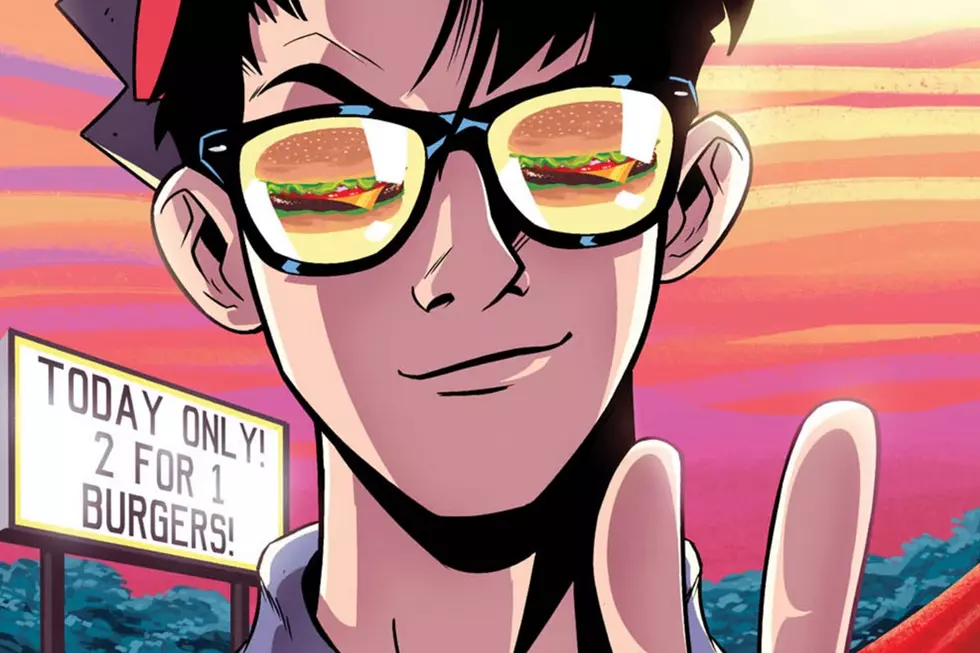
It Hurts To Laugh: R.I.P. Cartoonist John Callahan 1951-2010
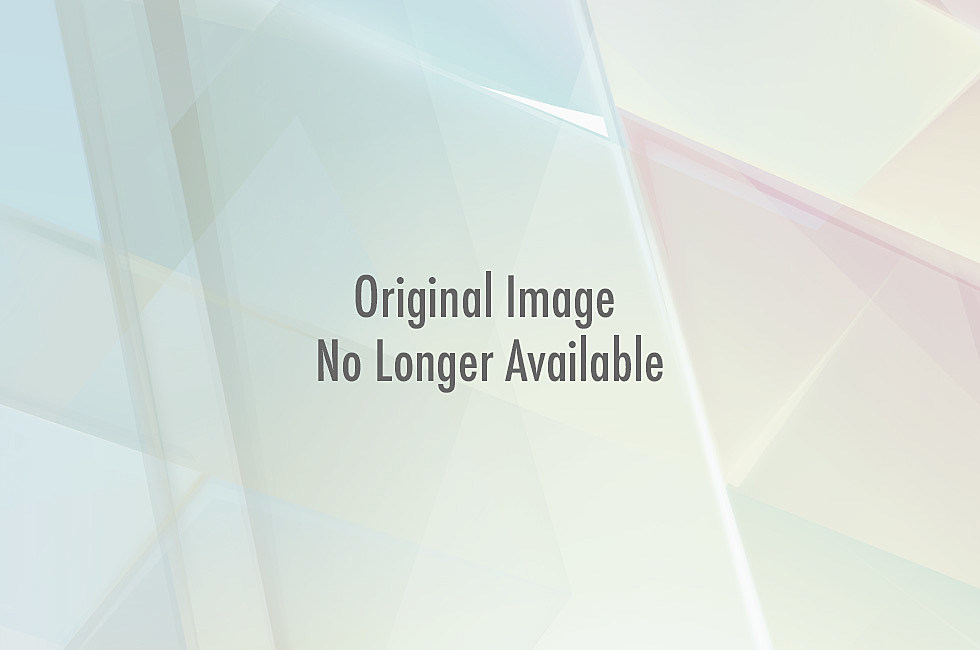
As has been reported in numerous outlets, cartoonist John Callahan died on Saturday, July 24, after an extended hospital stay. He was well-known for what is now being politely referred to in obituaries as his "politically incorrect" sense of humor. John Callahan was not politically incorrect. John Callahan was just plain wrong.
"This type of cartoon one would expect to find in some establishment-bashing underground publication, not in a feature magazine of one of the foremost newspapers in the United States."
- excerpt from one of what must have been thousands of letters of complaint received over his career, found in the "Hate Mail" section of Callahan's website.
Callahan operated way outside practically everybody's comfort zone. It doesn't matter who you are or what you believe; at some point, Callahan probably offended you. His was not the calculated use of "edgy" of a Dennis Leary or Carlos Mencia, tossing around well-worn reactionary or racist observations with a wink and a smile to win over the baser instincts of a crowd. Callahan's work was like a raw feed from a dark and twisted id. His crude, squiggly drawings enhanced the immediacy of his work, with the unfiltered, uncensored humor of an enfant terrible who made you laugh and cringe in equal amount.
"I'm very baffled by the weekly appearance of Callahan cartoons."
- more Hate Mail

Callahan stood out wherever he was published. Part of this was due to his no-holds-barred taboo-shattering humor, and part of this was his scribbly, chaotic, "bad" art, which looked like the doodles of the world's most disturbed six-year-old. A car accident having left him a quadriplegic since age 21, Callahan's technical draftsmanship was obviously impaired, but his cartoons were nonetheless more visually energetic than many of his contemporaries who had full use of their limbs. I used to read his work in "Comic Relief" magazine, sandwiched between the latest inert editorial cartooning and the likes of "Foxtrot," where each Callahan cartoon was like a surprise attack from a meth-crazed weasel on a quiet suburban street. A Callahan cartoon looked and acted like nothing else around it.
"There are two basic reasons I enjoy Callahan's work so much: First I think his cartoons are just plain funny, and second, he makes my own work look normal."
- Gary Larson, cartoonist, The Far Side

Callahan's quadriplegia was occasionally raised in defense of his more beyond-the-pale strips, particularly his frequent strips making a gag out of being in a wheelchair or otherwise disabled. But to make that argument -- to point and say, "Well, he's ALLOWED to make fun of that" -- misses the point of Callahan. He didn't care what he was allowed to say. Heck, I thought the guy was amazing, but there's a good third of his strips that I can't even read without shriveling in embarrassment or feeling my face flatten into a grimace of disapproval. And that taboo shattering was the point of Callahan. He was capable of funny yet innocuous gags when the spirit so moved him. But he was an artist who could make even his most fervent fans recoil in horror, and what's more, he wasn't afraid to do it.
"Until Mr. Callahan can understand the emotions behind such a life of struggle, I feel he should not fell [sic] to [sic] freely about poking fun at the disabled."
- another Hate Mail pull quote, possibly the best one, in response to the cartoon below, one of his most notorious, and the caption to which Callahan used as the title to his memoir.
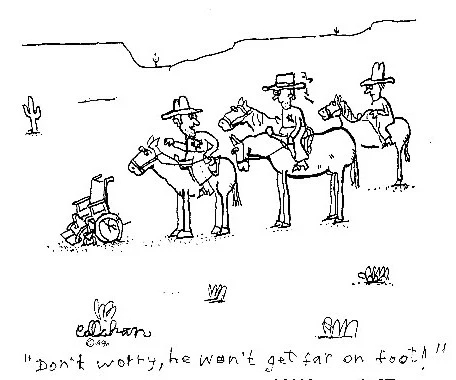
Callahan lived a prolific artistic life, producing work not only as a cartoonist but as an author, a songwriter who worked with the likes of Tom Waits, and creator of two animated series, one for adults and one for kids, both centered around quadriplegic main characters. He was a fierce presence in the world, and though he drew more than one cartoon that made me question my belief in a right to freedom of expression, I'm terribly sad that his voice has fallen silent. You should be, too.
More From ComicsAlliance
![‘Stripped: The Comics Documentary’ To Chronicle Cartooning And The Move To Digital [Video]](http://townsquare.media/site/622/files/2011/08/strippedmainimage.jpg?w=980&q=75)

![Steve Breen Cartoons Using Actual Oil from BP Oil Spill [Video]](http://townsquare.media/site/622/files/2010/08/stevebreenoilspillart.jpg?w=980&q=75)

